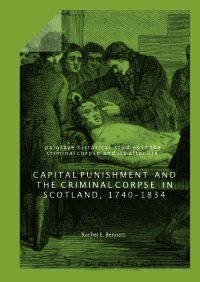By Wren Collective
When he was just 4 years old, Christopher Jackson was sexually abused by a teen boy he lived with—abuse that continued until he turned 9. His grandmother, who took him in afterward, regularly beat him until he passed out. Jeffery Prevost was sexually assaulted when he was a child. His mother physically abused him, at one point firing a gun at him. Mabry Landor, who suffers from bipolar disorder, was sexually and physically abused by his brothers. Roosevelt Smith and Joseph Jean had an IQ of 69; they are both intellectually disabled, and thus, ineligible for the death penalty. Each of these men went to trial in Harris County facing the death penalty. In every case, defense counsel failed to present this evidence, and juries sentenced all these men to death. Sixty years ago, in Gideon v. Wainwright, the Supreme Court issued a landmark ruling that would ultimately ensure every person facing the possibility of having their liberty stripped away would get an attorney if they could not afford one.1 Nowhere is that right more important than in a capital murder case, where the potential sentence is death and where almost every person in this country who is charged with a capital crime is poor. That right, however, has been elusive in death penalty cases in Harris County, Texas, the death penalty capital of the nation and the world.2 Over the last few decades, news outlets have run periodic stories about death penalty lawyers in Harris County with too-high caseloads who have missed critical filing deadlines or who did minimal work on their client’s case. On the 60th anniversary of Gideon, the Wren Collective investigated whether these stories were isolated examples of flawed representation or whether the representation reflected problems that exist throughout the system of capital defense. We interviewed judges, trial and postconviction attorneys, and mitigation specialists.3 We reviewed caseloads, jail visits, and billing records. We read postconviction pleadings from the majority of Harris County capital cases that ended with death sentences in the last two decades. We focused primarily on those cases where individuals are still on death row, but also looked at a few whose sentences have been overturned. In total, we examined 28 cases.4 Our findings are documented in this report. They are difficult to read.5 The system is utterly broken.
Austin, TX?: Wren Collective, 2023. 40p.


















